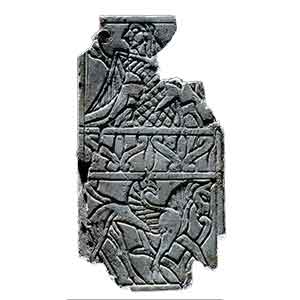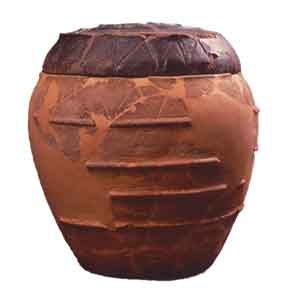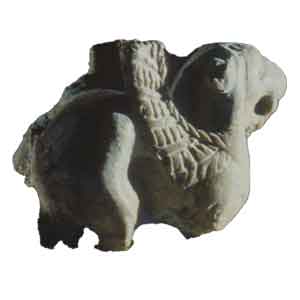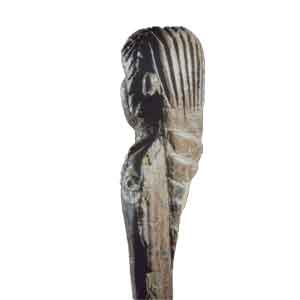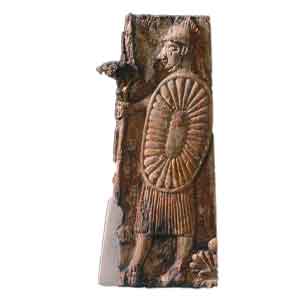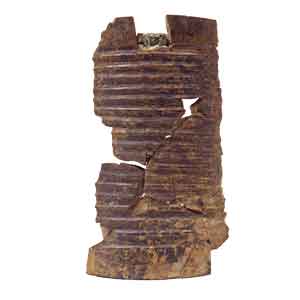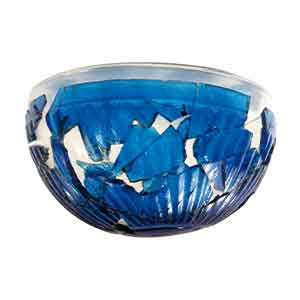The Museum itinerary
The Finds
The Museum itinerary
The finds
The museum’s exposition is organized topographically and chronologically. The itinerary develops on two floors and begins with the illustration of the history of archaeological research in the Artimino’ territory.
Use the arrows to change floor. Click on the image to go to content
The World of the Living
The upper level is dedicated to the territory’ population and religious areas, “The World of the Living” and presents artifacts that come from the fortified site of Pietramarina and different settled areas around Artimino – for example the food container, ceramic vases used in the home and during ceremonies, artifacts used to spin and weave fabric and objects from religious buildings.
In the excavation area of Pietramarina was brought to light a deposit of dolii the Hellenistic period.
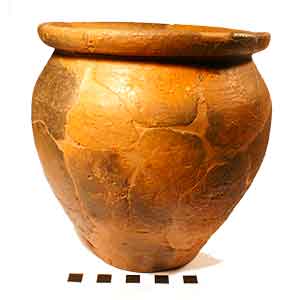
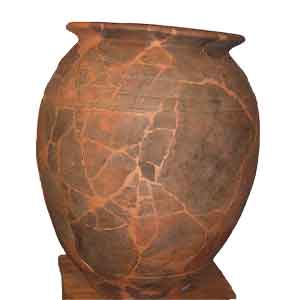
Artimino etruscan city
This area, from the Orientalizing period of the Etruscan civilization(7th century BC) has been an important center with extraordinary cultural and economic development: this phase of strong economic growth is undoubtedly tied to the fertile soil but above all to its strategic geographic position, at the meeting point of the rivers Ombrone Pistoiese and Bisenzio in Arno, which allowed the city to control the commercial routes that connected Etruria proper with Etruria Padana and other regions to the North and East of the Appenine mountains.
From Orientalizing to Archaism (7th-6th century BC), the settlement had to be organized into distinct nuclei that belonged to different sepulchral areas. We have evidence of this both on the top of the hill at the height where the Medici Villa and the Paggeria rise, which continued to be occupied until the first imperial age, and on the south-eastern slopes, where a residential area was identified on the plateau of the cd. ‘Campo dei Fagiani’ is an almost certainly sacred building connected to the nearby necropolis of Prato Rosello.
The intermediate area between the Borgo and the Villa seems to have been occupied at least since the 5th century, with a consolidated presence between the 4th and 3rd centuries BC. The acropolis was to be located in the area belonging to the Paggeria, where the podium of an east-west oriented public building, built in the Hellenistic period (late 4th-3rd century BC) was brought to light in the area occupied by more antique. The discovery of fragments of architectural pottery connotes the place as the presumed seat of the sacred area of the city.
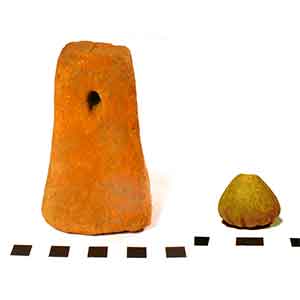
The World of the Dead
The lower level presents the most interesting aspects of the necropolis in: “The World of the Dead”.
The exposition begins with The well tomb “The Prato Rosello Warrior” that begins the golden era of Artimino between the end of the 8th century BC and beginning of the 7th century BC.
More artifacts from other tombs at the Prato Rosello necropolis follow many of which have never been shown to the public before: all of those coming from the burial chamber of Tumulus B, those from Tumulus D,H,Z,W, X and other objects from the area surrounding Tumulus A, in addition to the artifacts from Tumulus C that includes the famous bucchero incense burner and the balsamari series.
One section is dedicated to funeral sculptural from the Archaic Age, with artifacts that take visitors from the area around the Grumaggio farm to the extraordinary Grumaggio symposium to funeral sculpture in the Hellenistic age.
A large area is dedicated to the Comeana necropolis, with the Boschetti tumulus and the grandiose Montefortini tumulus with two tombs that housed wonderful artifacts, many of which are visible to the public for the first time: two incense burners and a series of plates and cups in bucchero, beautifully decorated, the extraordinary turquoise glass cup, elements in bronze and an exceptional series of ivory objects: storied platelletes, pyxes, male and female figures, animals– both real and imaginary, drilled elements
Many graves in which it was possible to recover portions of their kits in burials lacking most of the monumental structure. One can see on this page the famous incense burner from the Tumulus ‘bucchero’ C, a breastplate of brass and a biconical vase from Tumulus B.
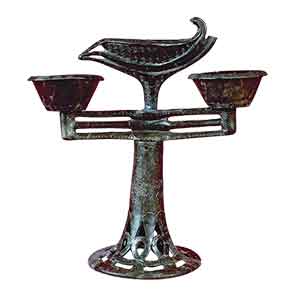
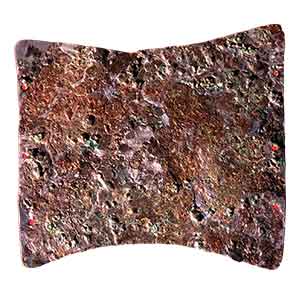
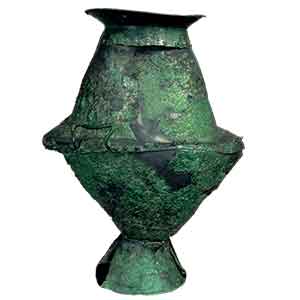
Archaic funerary sculptures
The territory of Artimino returned some fine examples of his sculptures from the Archaic period covered in the class of so-called “stones of Fiesole”. It is possible to see in this page a sandstone stele and a memorial stone.
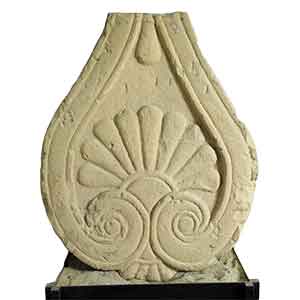
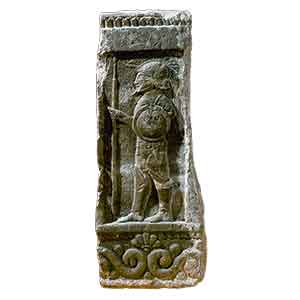
Tomb of Grumaggio
In 1942 it was found occasionally in place of a tomb Grumaggio jar that has returned valuable artifacts. It is possible to see on this page to a large crater with red figures painted columns with scenes of Dionysian world.
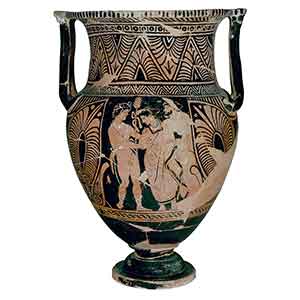
Hellenistic funerary sculptures
The discovery of funeral urns in the Parish of St. Leonard demonstrates the existence of a Hellenistic necropolis nearby. It is possible to see on this page one of the urns carved with a representation of the journey to the underworld.
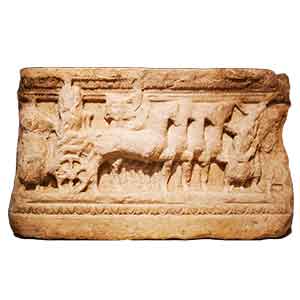
Necropolis of Comeana – Tumulus of Montefortini and Boschetti
The old road Comeana, following the right bank of Ombrone was probably the limit of large farms, whose owners were presented to the traveler with the burial mound for them and their families is in this area that have been found finds of rare beauty.
You can observe in this page a plaque decorated with engraved ivory, olla cineraria, a small sculpture of a winged lion and a female figure carved in ivory in the round, a plaque coated ivory carved in low relief, a pyx of ivory, a cup of turquoise glass.
